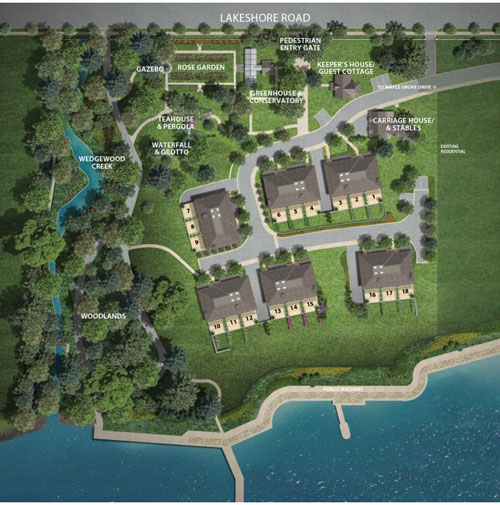1.
|
The difference
between the original price $354,500 and the resale price $229,000. |
$125,500.00 |
2.
|
The plaintiff is
also entitled to occupancy fee in the sum of $2,956.47
per month from the occupancy date May 9, 1991 to the proposed closing
date February 4, 1992. |
$ 26,131.38 |
3.
|
Taxes from
February 4, 1992, the proposed closing date to September 18, 1992, the
date of the closing of the subsequent sale. |
$ 1,496.12 |
4.
|
Common expenses of
$320.64 per month from May 9, 1991 to September 18, 1992. |
$
2,389.24 |
5.
|
Interest at 10% on
the unpaid balance due on closing of $48,625 from May 9, 1991 to
September 18, 1992. |
$
6,633.36 |
6.
|
Interest at 10% on
what would have been the first mortgage of $265,875
from the closing date, February 4, 1992 to September 18, 1992 |
$ 16,461.84 |
|
Defendant to be
credited with the deposits. |
-$ 40,000.00 |
|
Total judgment |
$138,611.94 |
